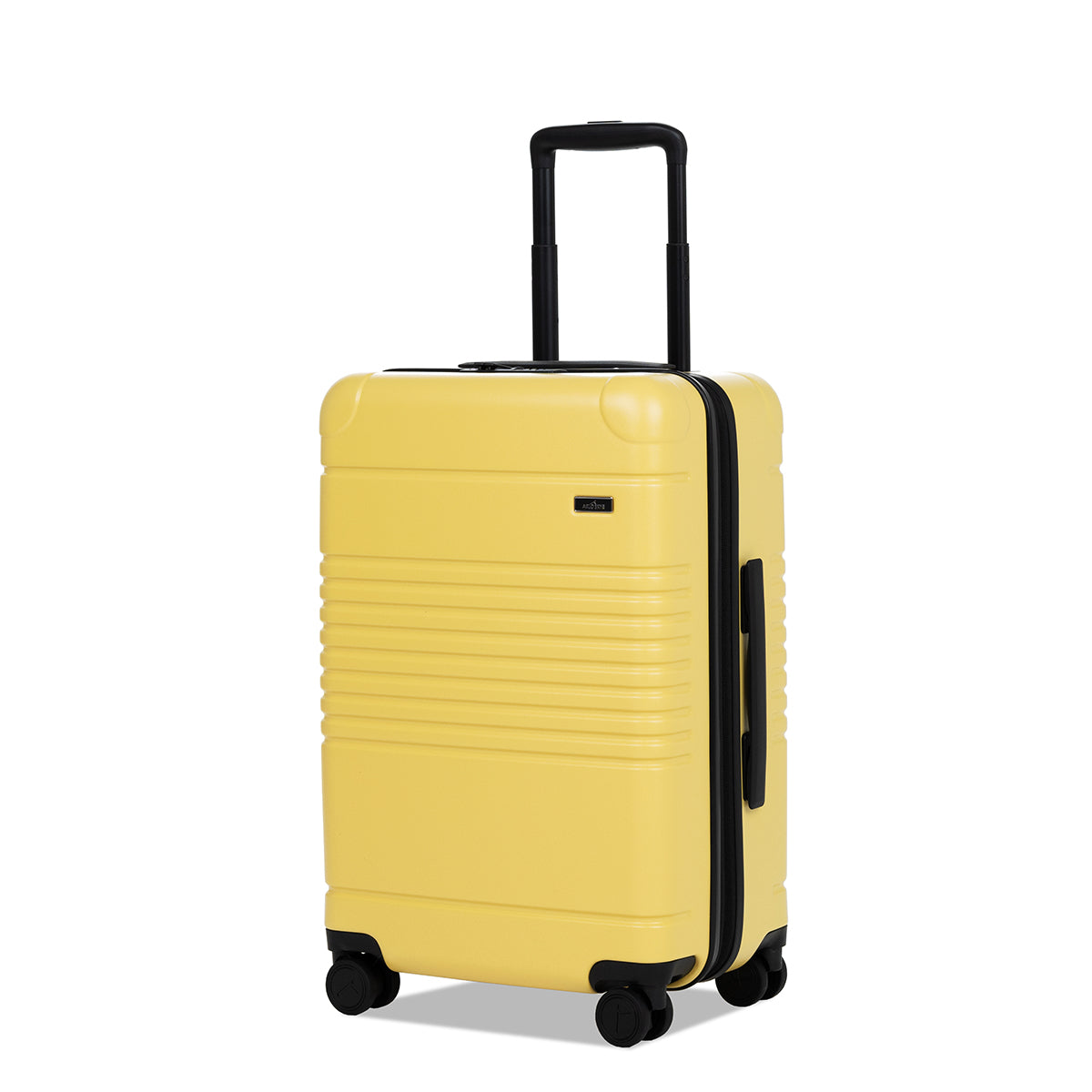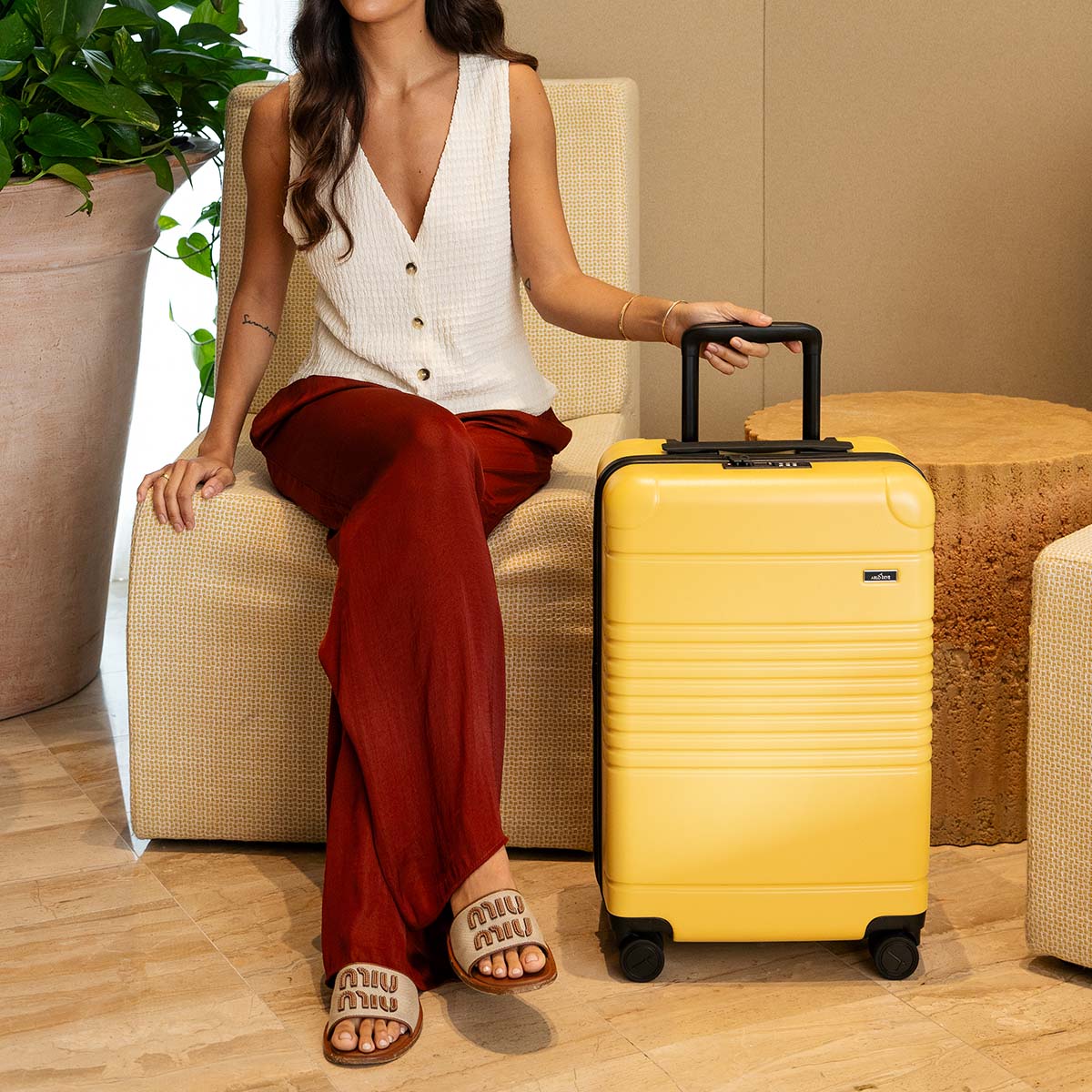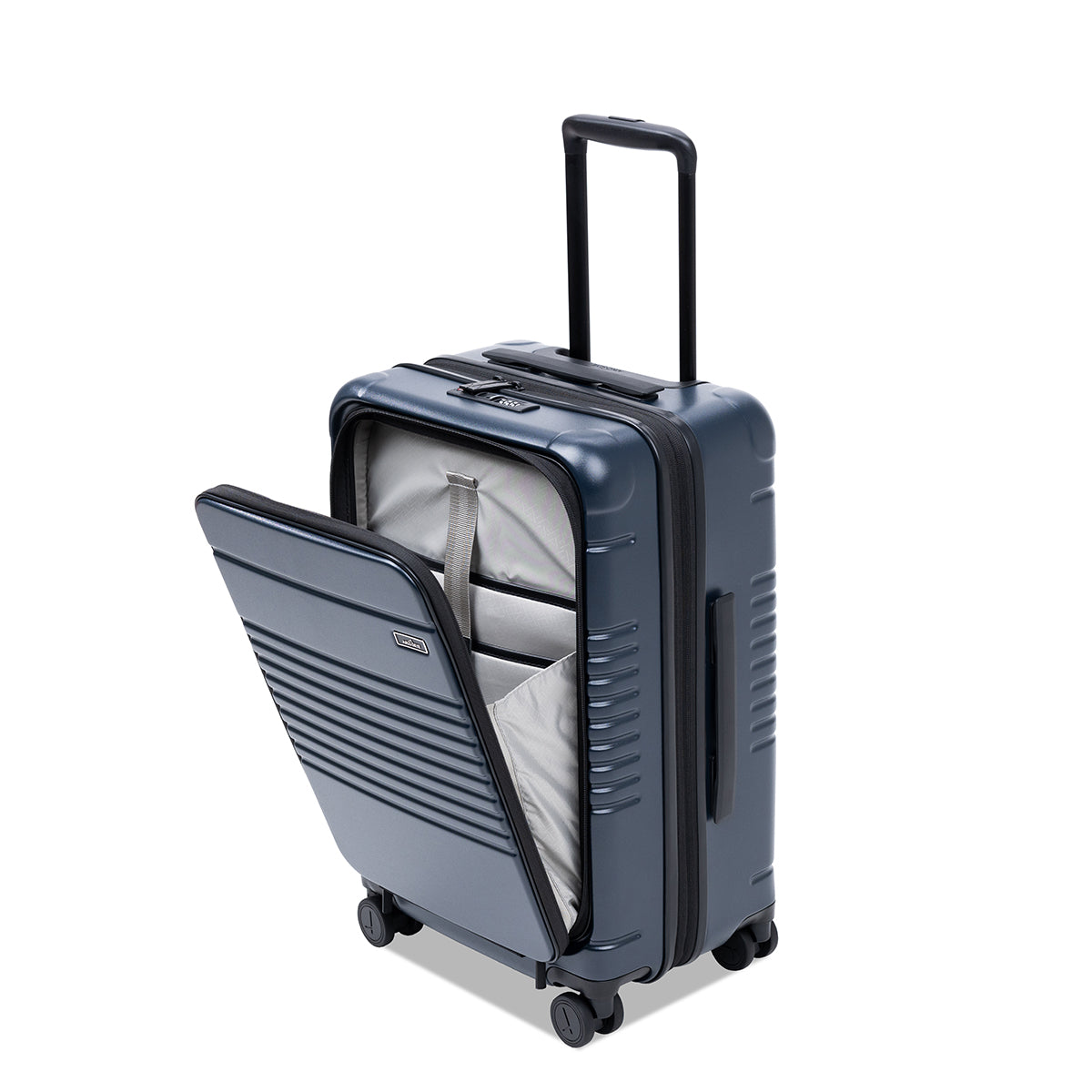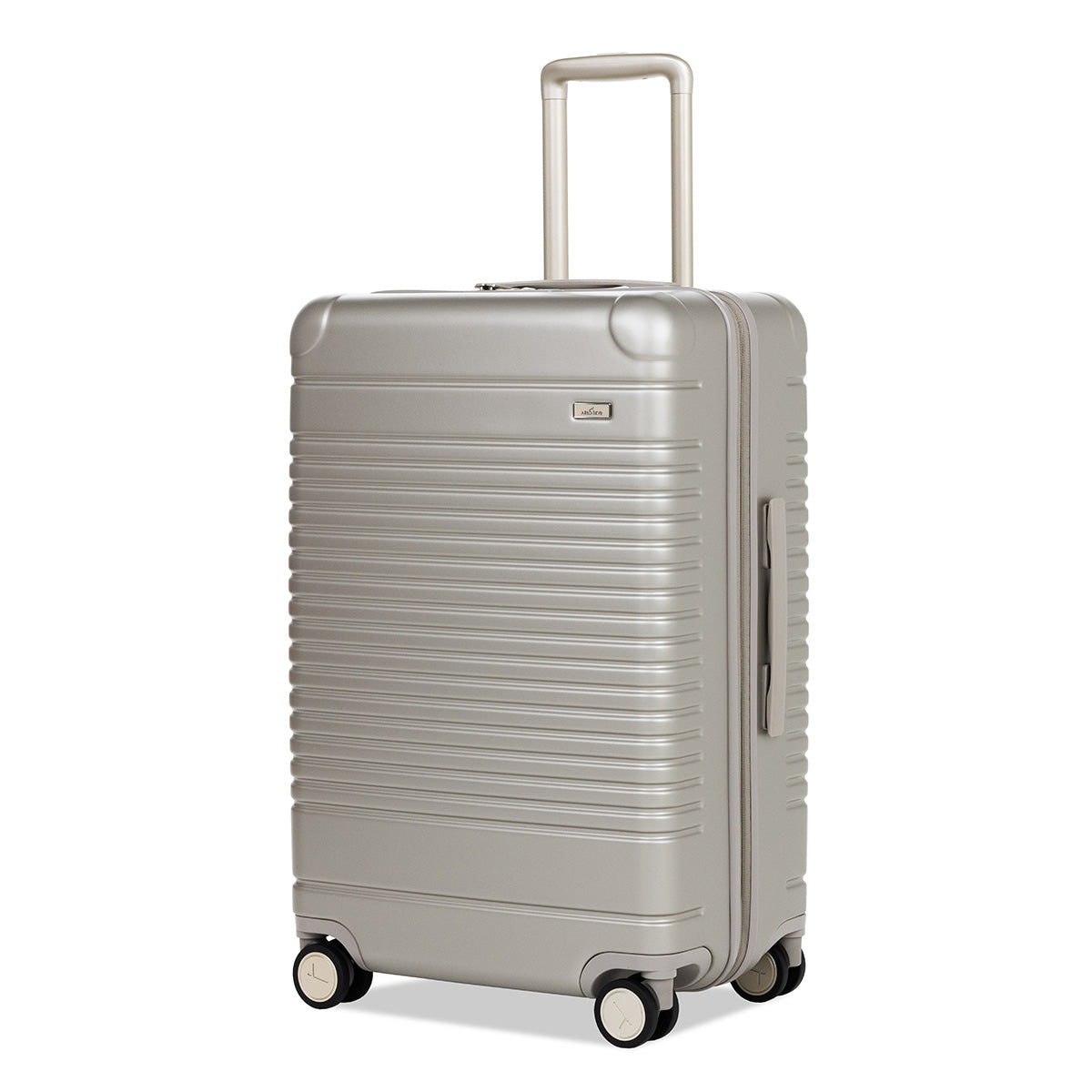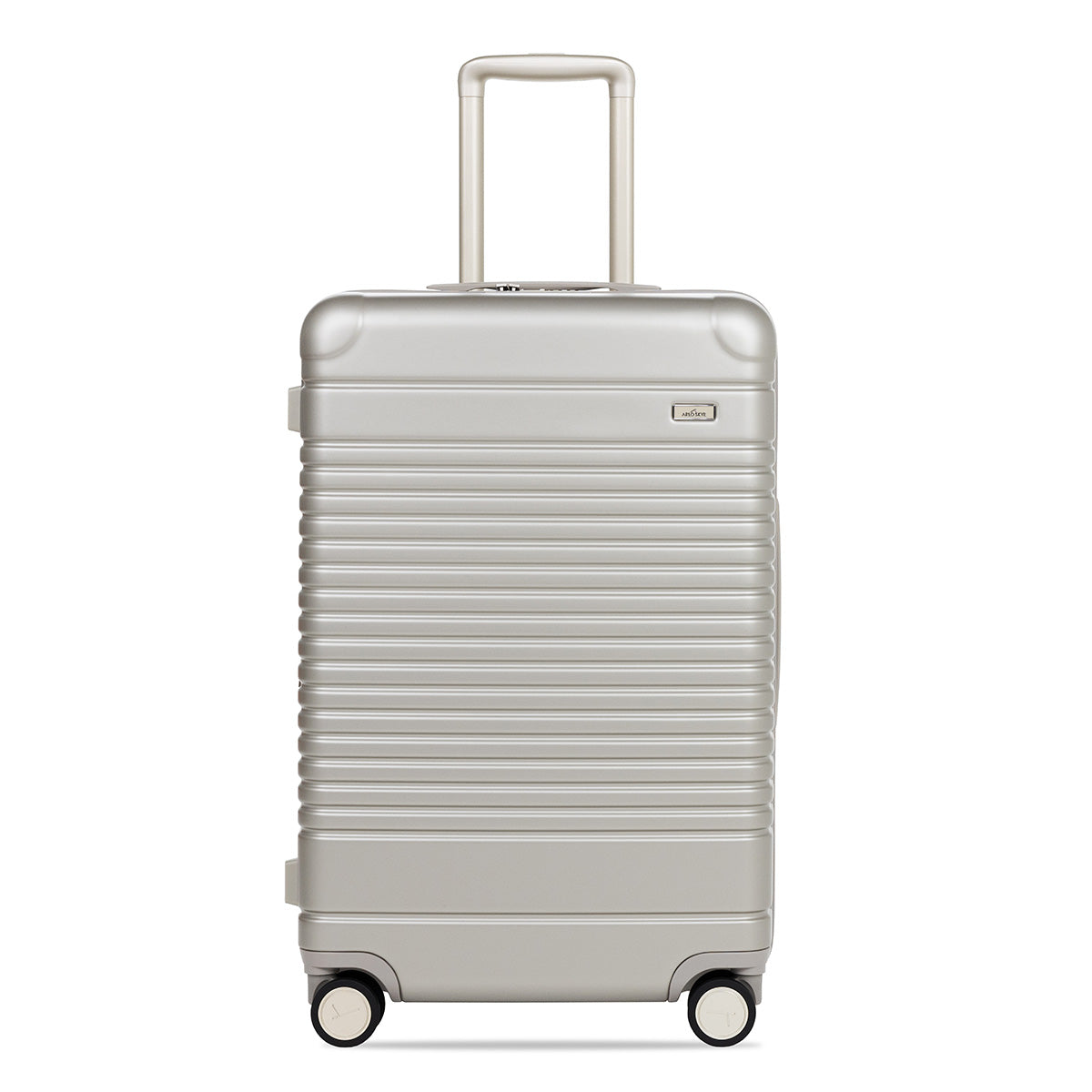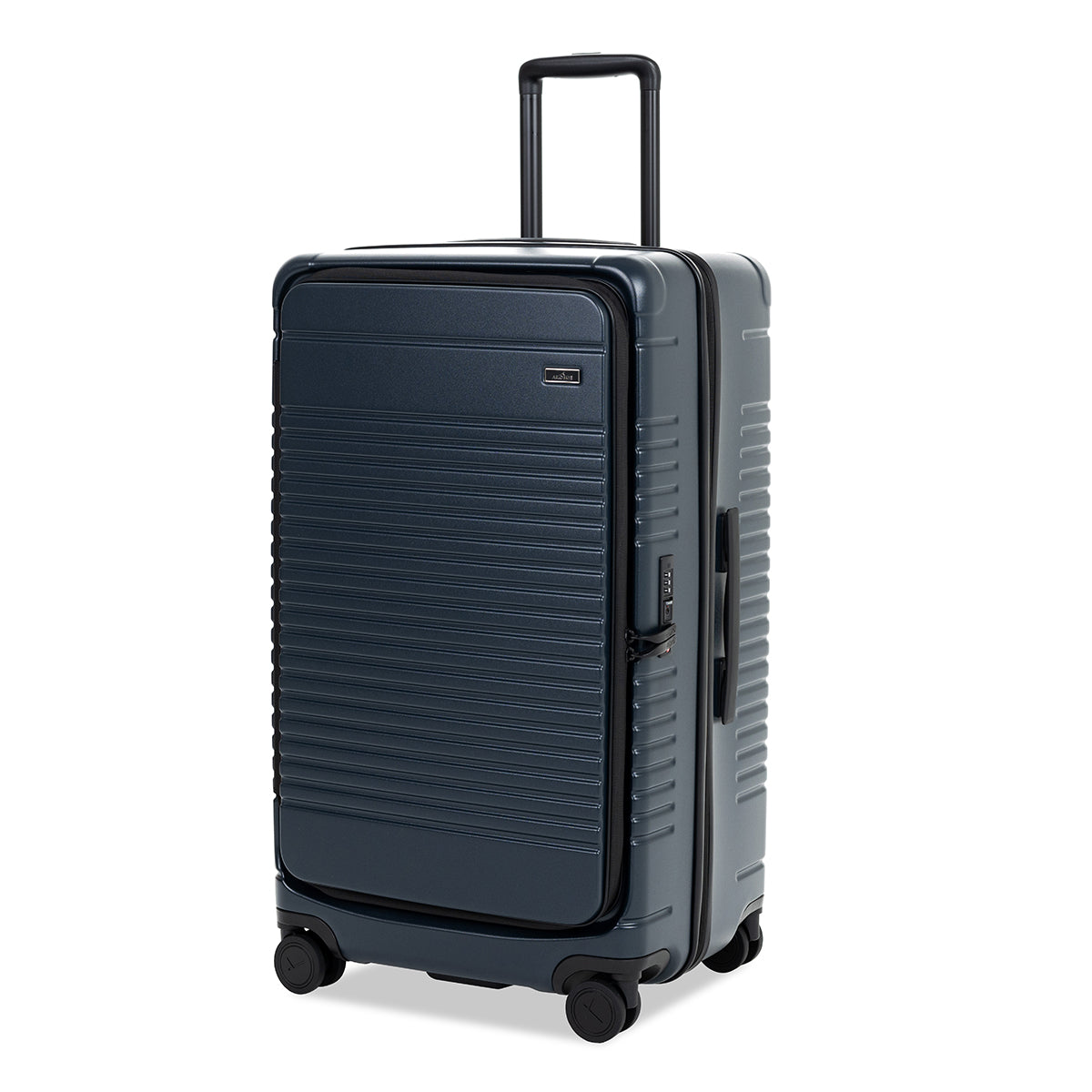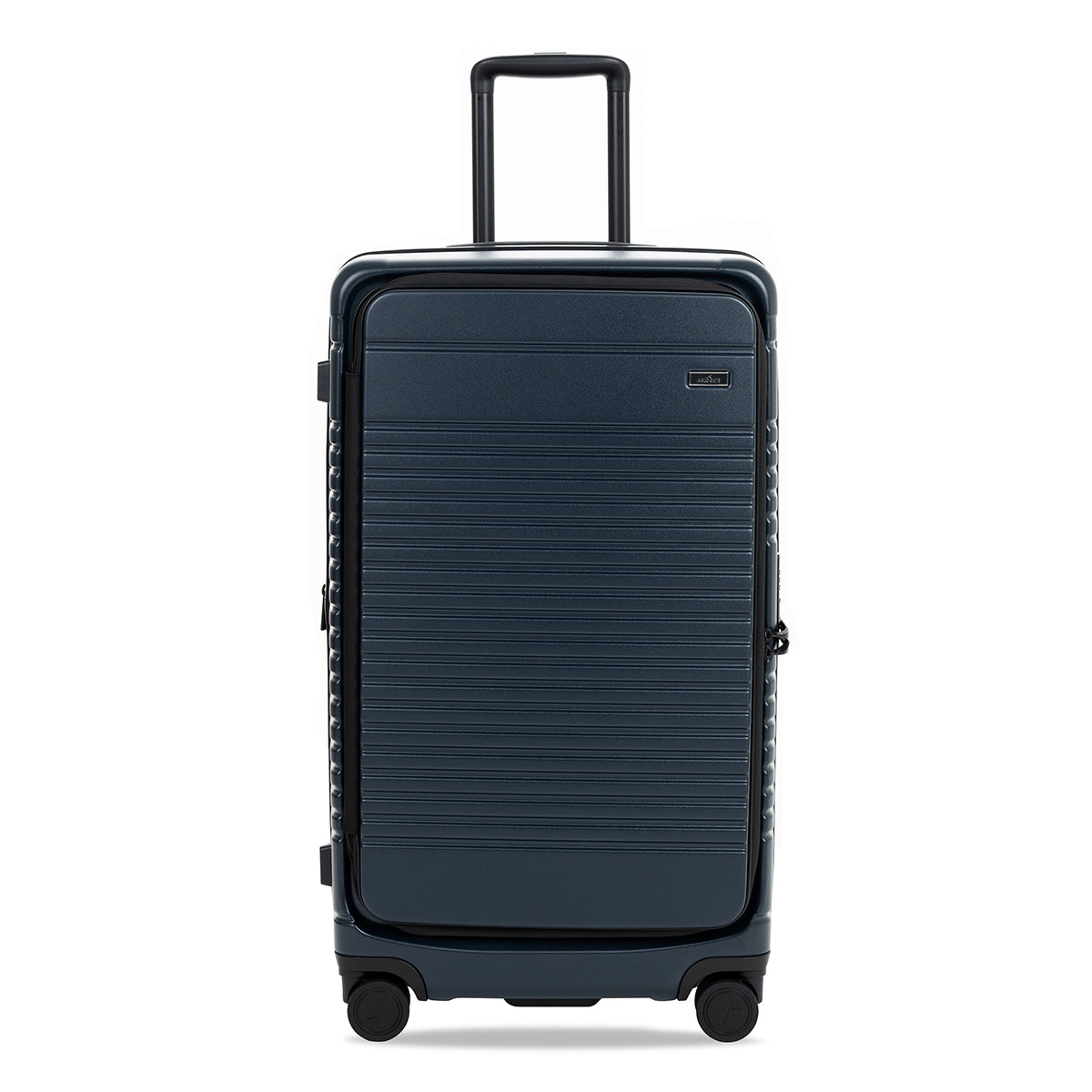The holiday travel season is here. New terminals, biometric systems, route shifts, federal policy updates, and better travel tech are reshaping how smoothly we move. With the FAA projecting 52,000+ flights on November 25—the busiest travel day in 15 years—here's what matters now.
1. FAA flight cuts are gone (for now)
The emergency order that forced airlines to trim flights at 40 major U.S. airports has been lifted. The FAA says controller staffing has “snapped back” after the shutdown, ending the 3–10% capacity cuts just in time for Thanksgiving and year-end trips. Expect more normal schedules, with weather—not staffing—back in the driver’s seat.
2. Europe’s Digital Border Is Officially Live
The EU’s new Entry/Exit System (EES) is rolling out, replacing passport stamps with biometric kiosks for non-EU visitors. Expect facial scans and fingerprints at major hubs like Paris, Amsterdam, Milan, Lisbon, and Vienna. Queues vary by airport, so padding your connection or pickup by 15–20 minutes is a smart move.
3. Airports Getting Real Design Upgrades (PIT & SAN)
Two U.S. airports just opened genuinely traveler-friendly spaces. Pittsburgh’s new $1.7B terminal puts check-in and security under one bright roof and removes the old tram shuffle entirely. San Diego’s expanded Terminal 1 adds 19 gates and a 13-lane security hall designed to smooth out peak hours. If your winter routing hits PIT or SAN, expect a calmer, more modern feel.
4. Duffy’s Launches Civility Campaign
Transportation Secretary Sean Duffy’s new campaign—“The Golden Age of Travel Starts With You”—responds to a 400% rise in unruly-passenger incidents since 2019 and 13,800 reports since 2021. The DOT is pushing airlines and TSA to coordinate more closely on high-risk flyers while asking travelers to “dress with respect,” help with bags, and generally lower the temperature at gates and onboard.
5. Global Routes Are Quietly Transforming
Winter flying is shifting in ways travelers will feel: more premium cabins, more long-hauls, and smarter ski and sun links.
American expands premium long-haul
American launches its longest route ever, Dallas → Brisbane, on 787-9s with the new Flagship Suite (with doors). Those aircraft also begin serving DFW → Buenos Aires this winter, bringing a noticeably better cabin to South America.
New ski access: Charlotte → Aspen
A new seasonal CLT → ASE nonstop (Dec–March) gives East Coast skiers a rare one-hop option into Aspen.
Caribbean lift: Chicago → St. Thomas
American is increasing ORD → STT for the winter—ideal for warm-weather escapes without the Miami hub squeeze.
Delta strengthens South Africa
Delta is seeking approval to expand ATL → Cape Town from three to five weekly flights, improving access to Africa’s summer.
Alaska + Hawaiian merger eases Asia links
Early merger benefits include Seattle → Seoul on Hawaiian widebodies, feeding into Alaska’s West Coast network for smoother transpacific trips.
6. Lounge Luxury Expands—With More Control
Airport lounges are getting larger and more polished, but access is no longer automatic. Delta’s new 39,000-sq-ft JFK Sky Club brings fine dining, spa-style zones, and showers, while capping Amex Platinum holders at 10 visits/year and Delta Reserve at 15 unless you spend $75K annually.
United has raised United Club membership to $750/year (or 94K miles), with an All-Access tier at $1,400.
Premium cards are following suit: Chase Sapphire Reserve now sits at $795, adding deeper travel perks like an annual $500 hotel credit and expanded dining and entertainment credits. Amex Platinum rises to $895, with stricter Centurion Lounge guesting and upgraded benefits including a $600 hotel credit and $400 Resy credit. Lounges are more elevated this season—just more curated and harder to access.
7. Your Face Is Your Boarding Pass
Identification is quietly going digital. TSA’s expanded Touchless ID lets PreCheck travelers verify themselves via facial recognition at major hubs like ATL, LGA, DFW, and PHX. Show up without acceptable ID and TSA now charges an $18 identity-verification fee.
Free to use Mobile Passport Control (MPC) keeps adding airports and dedicated lanes—including MIA, JFK, ORD, and SEA—and Global Entry Enrollment on Arrival remains the fastest way to get approved right after you land internationally.
Apple has officially rolled out Digital ID for U.S. passports in Apple Wallet, allowing travelers to store passport details on an iPhone and use it for identity checks at more than 250 TSA checkpoints.
Passports are still required for international flights—no escaping that.
10. Winter Travel Is Shifting East (and Indigenous)
Winter travel demand is tilting toward “deep-season” destinations. Bookings to Japan, South Korea, and Taiwan are rising as travelers chase colder-weather cultural trips instead of defaulting to beach escapes. In the Southern Hemisphere, Argentina and South Africa are seeing their strongest U.S. demand since 2019 thanks to better dollar value, new premium seats, and more nonstop options. Domestically, interest in Indigenous-led travel is growing—from Native-run lodges and guided cultural stays to new draws like Washington State's nearly completed 135-mile Olympic Discovery Trail. Ski markets including Aspen, Jackson Hole, and Big Sky are posting record early-season bookings as airlines boost weekend capacity and swap in larger aircraft.
9. Travel Tech Took a Real Leap—AI and Translation Lead the Way
Apple's latest update brings live two-way translation to AirPods Pro, and Google Flights' AI now understands conversational search—describe your trip like you're talking to a friend and it surfaces deals you might not have considered. To get started, search for something like “week-long trip this winter to a city with great food, nonstop only” or “10 day ski trip to a world-class resort with fresh powder.”
Next-gen turbulence-prediction tools are smoothing long-hauls, and United has begun flying its first Starlink-equipped 737-800s—starting with Newark to Houston—with speeds testing up to 250 Mbps. The airline plans to retrofit up to 15 aircraft per month, with more than half its regional fleet already online.
10. No EU-style cash windfall for delays
Remember the proposed U.S. version of Europe’s generous delay compensation rules? It’s officially off the table. The DOT quietly shelved the plan this fall. For now, you’re still entitled to a refund when an airline cancels or significantly changes your flight—but not automatic cash for delays. Trip insurance (or the right credit card) remains your best back-up.


